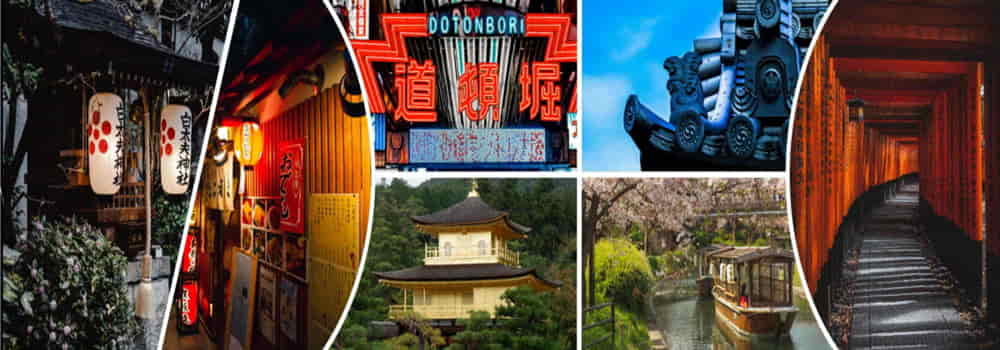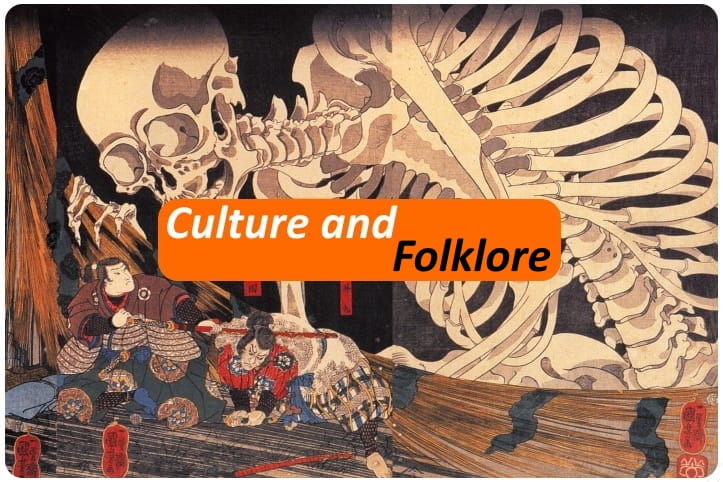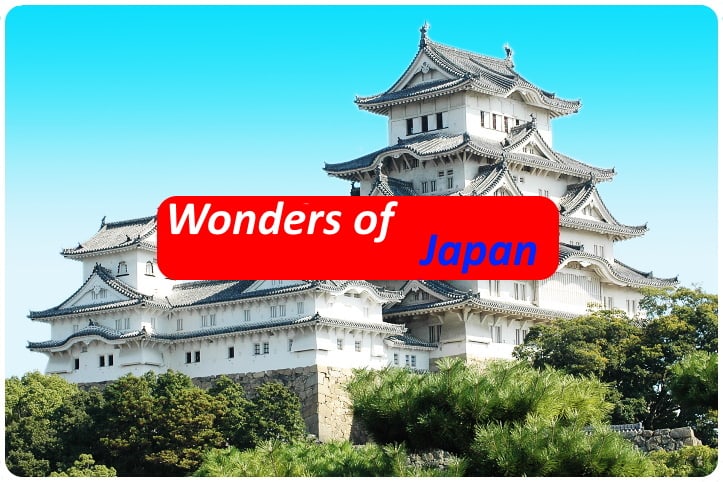Harajuku Style – The Counter-fashion that Expresses individuality

In Tokyo, the cosmopolitan capital of Japan, there is a place within the "district" of Shibuya where the famous Harajuku railway station is located. The surrounding area is the breeding ground of the classic "counter-fashion" that does not want to conform to the statuary rules of Japan, where a world-renowned style was born.
Harajuku is one of the most famous districts of Tōkyō, it is easy to reach thanks to the JR Yamanote line, a stop between Shibuya and Shinjuku.
Hard to find someone in Tokyo who doesn't know the place, if you naming it same people will look at you strangely, someone else with a smile imagining that you also like the area and its atmosphere.
In the past, Harajuku 原宿 was a post office, as evidenced by the ideograms meaning "lodging in the meadow". Even today we can find the wooden station, the oldest in Tokyo. Although in June 2020, following the modernization of the post station, it became a kind of national monument. Now you'll find the modern train stop which opened a few years ago without much controversy.

Over the years, two streets have stood out for their Harajuku style: 竹 下 通 り Takeshita-Dōri and 表 参 道 Omotesandō. The first is a very crowded pedestrian street dedicated to fashions and mainly features small shops that sell clothing and fashion accessories at rather cheap costs; the second has seen, since the late 1990s, an increase in expensive stores of foreign brands.
In the 1980s, Japan began an evolution in the fashion and way of dressing. We can see this change more marked towards the 90s, cause to the great financial crisis, when young Japanese have begun to use their clothes to express their dissatisfaction with the situation and general alienation in society. We'll find traces of this style in the West only in the 2000s.
Its diffusion is largely due to entertainment, the major contribution of which comes from musical bands or solo artists. An example that we can bring is the voice Joe Strummer who wrote "Sanposuru Harajuku" (A Stroll Through Harajuku) sung in a live with his group Mescaleros in 2002 or the Scottish group Belle & Sebastien who in the single "I'm a Cuckoo" taken from the album (Dear Catastrophe Waitress), mention Harajuku. On the Japanese scene we can take for example the Japanese musician Hideto Matsumoto (hide) who referred to Harajuku by quoting it in one of his songs "Space Monkey Punks from Japan".
In the 90s the Harajuku style began to take root and saw the birth and rise of Japanese brands such as Princess Princess and some foreign ones. Among these, although no longer active since 2004, we remember 20471120 whose creations reflected the futuristic visions of Lica and Masahiro Nakagawa. The two main protagonists of this "revolution" have introduced practices that are now the norm, for example, they asked their customers for old garments so as to intervene directly on those by redesigning them and giving them a new look. The reuse of one's clothes no longer used was the main factor in contrasting the waste of materials that was already present in the fashion industry of the time.

Among the main figures that most of all helped to spread the Harajuku style there is the photographer Shoichi Aoki, creator of FRUiTS magazine, active from 1997 to 2017, who however continued with his passion for fashion and young people posting on Instagram. Among the platforms active in the diffusion of the Harajuku style there is the Tokyo fashion website too. A reference for the style of this era.
We cannot give a real definition of this style, it is not a current or does not refer to a single specific style, but it mix together dozens of different styles (Cosplay, Decora, Gyaru, Kogal, Visual Kei, Rockabilly, Punk and Cyberpunk and other…).
If we want to explore more this style we must go deeper to understand the philosophy that has imposed it among the youth fashions not only in Japan.

Harajuku fashion from its inception has been a protest against the rigid rules of japanese society and the obligation to join the ranks, to conform and follow "the group" that was (but still today) the backbone of Japanese society.
Originally, fashion consisted of mixing traditional Japanese clothing with modern Western clothing. Many different styles have emerged over the years, such as those mentioned above, but in reality this philosophy doesn't follow a guideline, everyone is free to wear what they want without worrying if what you are wearing meets current standards or less. Even if this fashion is similar to teenagers, there is no age limit.
Today the style of Harajuku has attracted a lot of curiosity thanks also to the “wild”, colorful, unlimited and unconventional style. Despite the media scrambling to impose the assumption that the slow end of Harajuku fashion is now well established. Many "style pundits" blame this coming demise on ever-growing popularity and access to fast fashion brands.
However, those familiar with Harajuku may claim that all of these rumors are not entirely true. The atmosphere of the area and its quirky street style is very alive, there is a return to historical culture, you can still see people wearing kimonos on the street, especially in Ginza.
The spirit of Harajuku always remains the same despite the passing of the years: wear the clothes you want, letting your imagination run wild, without worrying about the resulting appearance.
Edited by Juliana S. H.
Sources:
- gotokyo.com
- fahrenheitmagazine.com
- stileggendo.com
- itsyourjapan.com
- Photo: Pixabay and personal archive

 English (United Kingdom)
English (United Kingdom)  Italiano (it-IT)
Italiano (it-IT) 






![[Review] Princess Toyotomiプリンセス トヨトミ](https://www.fukainihon.org//cache/mod_jt_contentslider/fdfb524f85518b9476158c79c8ea022f_328.jpg)


